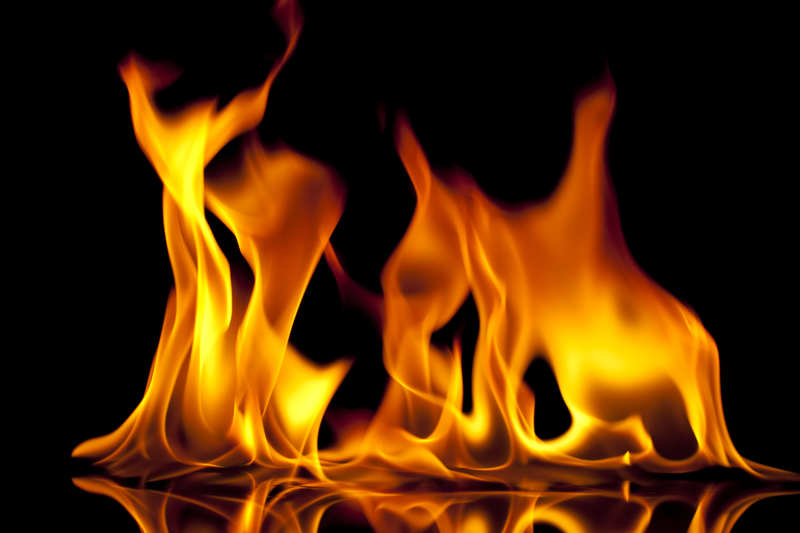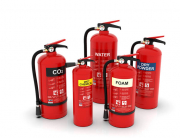Fire can arise anywhere, especially in places such as high rise buildings. Every person needs to be able to at least have the basic knowledge of firefighting techniques. This will help in ensuring the fire safety of those who are either living or using these buildings. Sometimes fire breaks out and there’s an accelerant that may make it spread quite quickly.
In such cases, every single person who can handle a fire extinguisher should be able to employ some of the basic techniques for firefighting before the firefighters get to the scene. Each fire is unique in the sense that their causes and how they spread are different. As such, there are different techniques that are unique to each of these scenarios. The following are the basic firefighting techniques that exist:
1. Direct Attack Technique
This must be the most well-known technique for firefighting. Water is aimed at the base of the burning fire in order to suffocate the flames. Due to how this technique works, it’s best done by the use of a concentrated and powerful water jet that is capable of suffocating the flames. These water jets are often operated by firefighters and require that they have a clear line of sight to the blaze. When used on a fire that’s in a non-vented area, less steam will be produced causing the fire to be put out faster.
2. Indirect Attack Technique
This involves aiming the water at the ceiling so that the water can drop down, thereby extinguishing the fire from above. It’s often used in closed apartment fires which are mostly high rise buildings and is very effective in such scenarios. Instead of the water stream being directed at the fire, it’s aimed at either the wall or ceiling above the flame.
This allows the water to fall back above the fire and hence putting it off. It works by the water cooling the ceiling to disrupt the thermal balance and the water absorbs the vapour. Alternatively, water that is not absorbed by the surface falls like rain on the flames to put the fire off.
3. The Combination Attack Technique
The combination attack uses both the direct and indirect techniques in combating overhead flames and gases at the same time. In this method, the direct attack here is used to attack the fire itself while the aspect of the indirect attack combats the gases that are overhead. These two methods both ensure that fire is extinguished quickly and the risk of it spreading is minimized.
4. Fog Attack Technique
In this method, the hose makes use of a fog to extinguish the blaze. It’s ideal for fires that break out in places where there’s no wind, known as compartment fires. It’s the one that’s commonly used by fire brigades due to its efficiency in fighting fires. It doesn’t use a jet but rather a fog nozzle of a hose. It often very effects in places that aren’t ventilated. However, in places where the wind is a problem, its effectiveness is substantially reduced.
5. The “Two Lines In” Technique
Here, two teams and two hoses are used to combine a solid water stream and a fog nozzle. The technique is used for fires that are in high wind areas. Of the two teams, one focuses on ensuring that the fire doesn’t spread while the other one focuses on the direct attack of the fire. With proper communication between the teams, this technique will be quite effective.
These are the top 5 firefighting techniques that every firefighter should be well conversant with. All you need is to fires know the right technique for every fire situation and you’ll be good to go in ensuring fire safety of you and those who surround you. Are you nearby the Northampton area? Why not visit our online fire safety page to understand more fully about fire training and see what we can offer for you.






